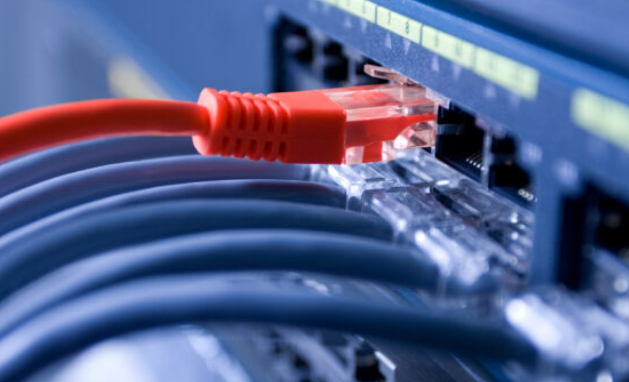The Golden Era of Early 2000s Networking
Back in the early 2000s, before Wi-Fi became the norm and budget-friendly routers filled store shelves, setting up a home network was often a nightmare. For many households, Windows XP Internet Connection Sharing (ICS) was the first taste of true home networking.
This free feature turned a single PC into a gateway for the whole family, allowing multiple computers to share one internet connection—whether via dial-up, DSL, or cable modem.
Many users still recall the thrill of plugging in a second computer and suddenly seeing it come alive online—without buying any extra hardware.
What Was Windows XP Internet Connection Sharing?
ICS was a built-in Windows XP feature that acted as a software-based router.
Public connection → Linked directly to the internet.
Private connection → Shared internet with other PCs in the local network.
According to Microsoft’s official documentation, ICS was designed to make networking simple for non-technical users, offering a “wizard-based” setup that only required a few clicks.
How ICS Worked: The Technology Behind It
Windows XP ICS combined three critical networking services:
Network Address Translation (NAT)
ICS allowed all devices to use one public IP address. Much like a shared family mailbox, it ensured every “letter” (internet request) reached the right recipient.
🖧 Dynamic Host Configuration Protocol (DHCP)
The host PC automatically assigned IP addresses (192.168.0.x) to connected devices. No manual setup headaches.
DNS Proxy
ICS acted as a DNS forwarder, translating website names like google.com into IP addresses so browsing worked seamlessly.
Together, these services turned an ordinary Windows XP machine into a mini-router—an innovation ahead of its time.
Why ICS Became Obsolete
While groundbreaking, ICS had clear drawbacks:
Always-On Host Requirement – The primary PC had to stay on for others to access the internet.
Fixed Network Range – Only supported 192.168.0.x addresses, limiting customization.
Performance & Security Issues – With limited firewalling, it couldn’t match dedicated hardware.
The Rise of Routers – By the mid-2000s, cheap broadband routers offered better reliability, security, and features, killing the need for ICS.
Tech writers of the time, such as in PC Magazine (2002), noted that “for casual households, ICS is convenient—but anyone serious about networking will prefer a hardware router.”
The Legacy of Windows XP ICS
Even if it’s mostly forgotten today, ICS:
Lowered barriers to home networking in the pre-router era.
Taught millions of users networking basics like NAT, DHCP, and DNS.
Proved that software alone could replicate expensive hardware functions.
Modern Wi-Fi routers are direct descendants of these principles—except now they run on dedicated chips, advanced firewalls, and 24/7 uptime.
FAQ: Windows XP ICS Explained
1. How do you enable Internet Connection Sharing in Windows XP?
To enable ICS, you needed two network adapters on the host PC. Right-click the internet connection in Network Connections → Properties → Advanced Tab and check “Allow other network users to connect through this computer’s internet connection.”
2. Why was ICS replaced by routers?
Routers were cheaper, always-on, and offered better performance, security, and customization. ICS was software-based and limited, while routers were dedicated devices optimized for networking.
3. Could ICS still work today?
In theory, yes—if you run Windows XP on old hardware. But due to outdated security, lack of support, and modern networking standards, it’s not recommended.
4. What was the default IP range for ICS?
Windows XP ICS always assigned the 192.168.0.x range, with the host computer taking 192.168.0.1.
Final Thoughts
👉Windows XP ICS was not just a utility—it was a milestone in networking history. It democratized internet sharing for homes and small offices, inspiring many users to learn about networking long before “plug-and-play” Wi-Fi made it trivial.
Today, we rarely think about NAT or DHCP running in the background, but for many, it all began with a simple click in Windows XP.

